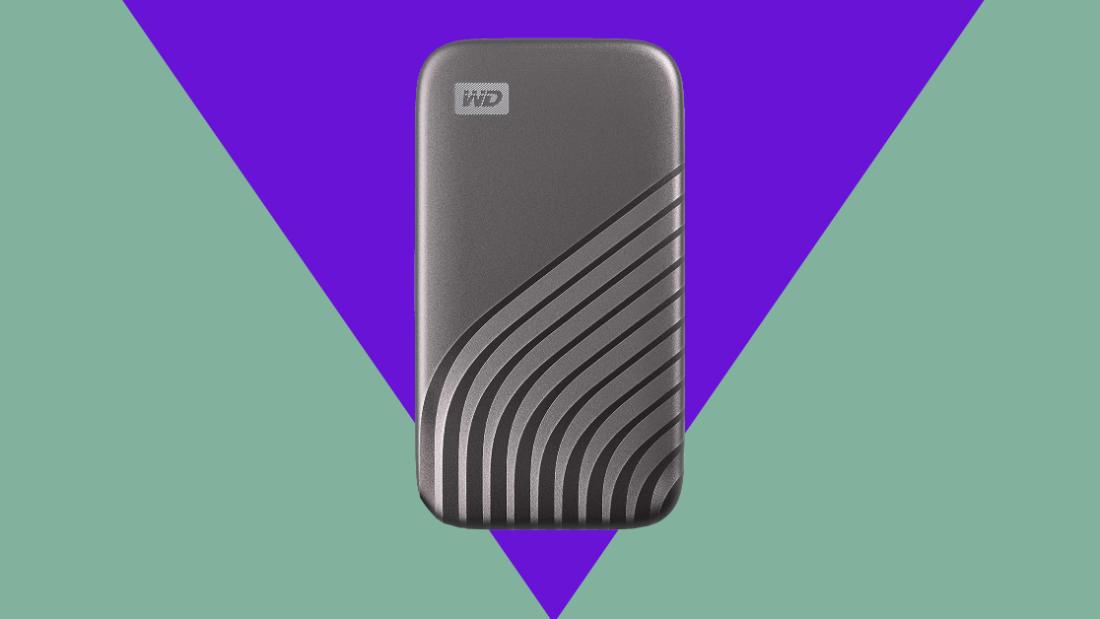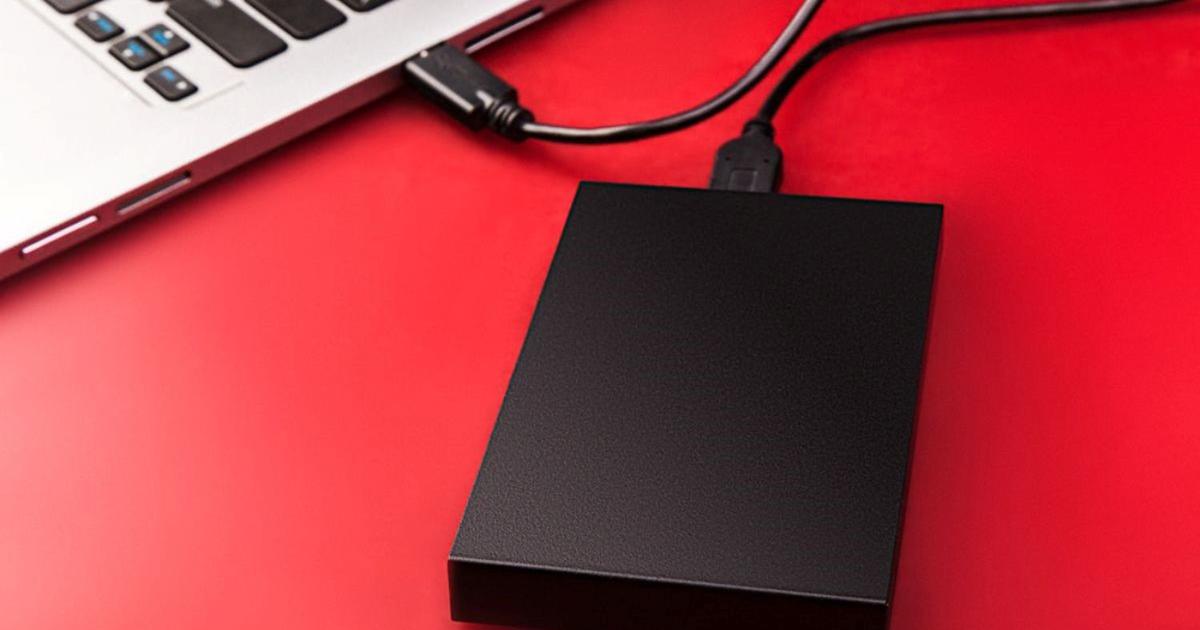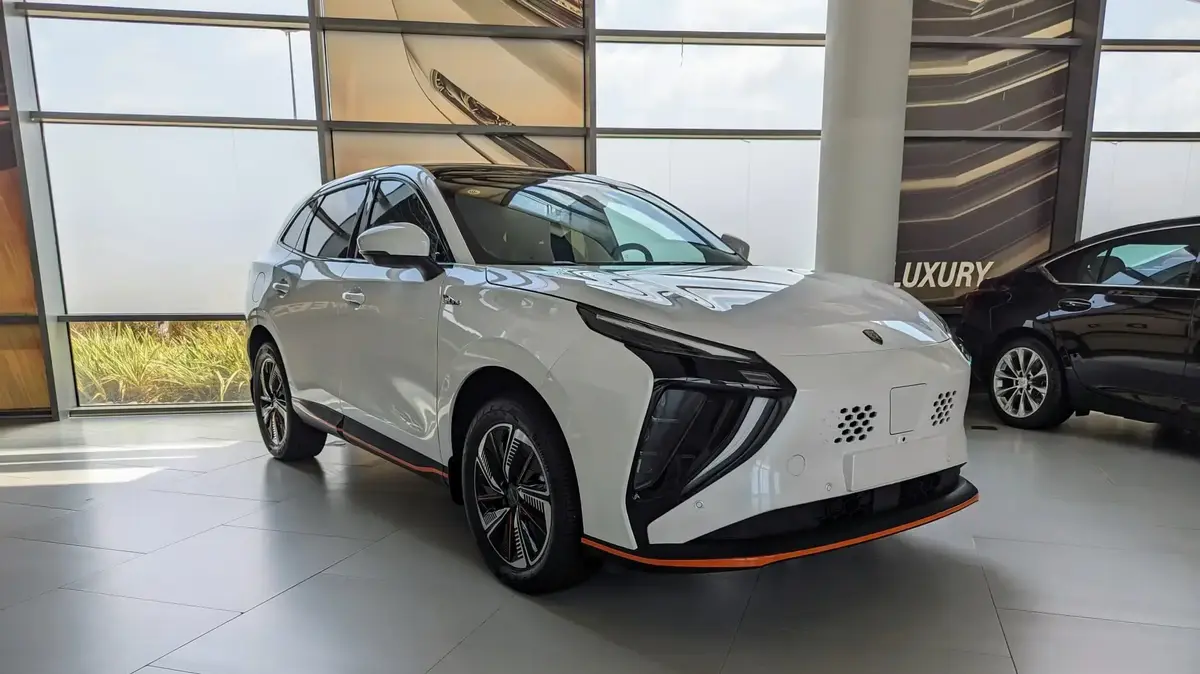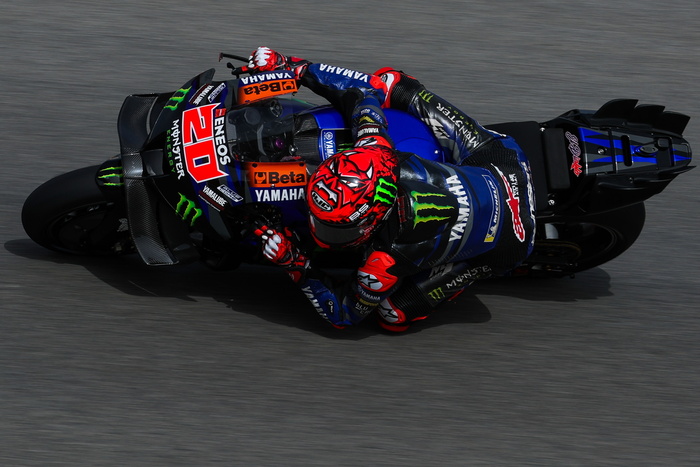As anyone who has experienced a hard drive failure can tell you, things sometimes go wrong and computers are not perfect.
Which brings us to an ageless truth: backing up your data is a must.
And the best way to do it is with an external drive.
Not only do they provide a tangible feel, they offer additional security and are often cheaper in the long run compared to cloud services
However, when it comes to choosing an external hard drive, there are many options.
Simple or elegant?
USB-A or USB-C?
How much space do I need?
How fast can you handle transfers?
To keep you from going crazy navigating the decision tree, we chose seven top-of-the-line external drives to test and spent several weeks backing up data, running apps, doing photo editing and video exports, and running speed tests. reading writing.
When testing was completed, two external drives made us forget that the cloud exists:
Best External Hard Drive Overall:
WD My Passport SSD
The premium choice:
SanDisk Extreme Pro portable SSD
Starting at $ 89.99 for 512GB of storage, the WD My Passport SSD isn't the cheapest external drive on the market.
But that somewhat high price brings great returns.
Files transfer quickly - we were able to back up Word documents in just seconds, entire photo albums in less than 20 seconds, and even large video files in less than a minute.
Those are speeds that rival the internal drives of many devices.
My Passport has enough space to store all your files, packing close to 100,000 photo files or, in our case, two backup copies of our entire library.
All of that in a stylish yet sturdy package.
At the higher end of the spectrum is the SanDisk Extreme Pro portable SSD ($ 107.99), which was far ahead of the test group in terms of read and write speeds.
Backup and open times were half of our overall pick, as we were able to copy a modest 4K video file in just 12 seconds and 15 RAW images in 10 seconds, and open a Final Cut Pro file with 4K video. it took only about 10 seconds.
The 512GB version has enough storage to hold more than 128,000 12-megapixel photos or 1,000 minutes of 4K content.
The durable construction (with 6.5 foot drop protection) is perfect for use on the go.
It may be a premium price, but for those looking for a top-of-the-line hard drive, the SanDisk won't disappoint.
Best Overall External Drive: WD My Passport SSD (Starting at $ 89.99, originally $ 119.99; amazon.com)
Half the battle in the habit of backing up your computer is plugging in the drive and actually getting your homework done.
To that end, we think you'll be more inclined to prefer slim construction in a fun, accessible color.
The WD My Passport SSD is easily portable and fits in the front or back pockets of jeans or even a shirt pocket.
You can also easily tuck it into a laptop sleeve.
Although it is a compact beauty, it still withstands drops of up to 6.5 feet, as stated by the manufacturer.
In our tests we dropped it on carpets, hardwood floors, faux hardwood floors, tile and concrete and only observed faint scratches on the outer casing without any damage to the actual function of the unit.
While the drive sometimes peaked at the manufacturer-specified 1050 Mbps for read times and 1000 Mbps for write times, speeds of 700 Mbps in either direction were more typical.
To put it in real terms, we were able to move a 4.5GB HD video file in about 15 seconds and a 6.5GB 4K video in about 30 seconds.
Those are speeds that you would normally get on your internal drive.
Backup times on Mac and PC were commendable, taking around an hour for a full backup of a 128GB drive via Time Machine.
The SSD will give off some heat, and the My Passport SSD feels noticeably hot during long backup sessions.
On the 1 TB model, we were able to fit more than 250,000 photos into the drive, more than four times the content of our library of nearly 55,000 photos;
on a 512GB model we were able to hold two backup copies of our library.
A general rule of thumb: you need an external drive that is at least twice the size of the laptop you want to back up.
So if you have 256GB of internal storage, buying a 512GB drive is ideal, and if you have 512GB it means that a 1TB is the best option.
Not only can you store photos, videos and music libraries on this unit, but the changes in real time are quite smooth.
In our testing, we opened a photo from My Passport SSD in Photoshop, made our edits, and saved it back to the drive with no problem.
Its handling of JPEGs was on par with the performance of a Mac, but RAW and the larger file formats caused a bit of a slowdown.
Those files are well protected on My Passport, as you can password protect all of your data behind 256-bit AES encryption, although that was a standard feature of all the drives we tested.
The drive features a modern port, a USB-C, for faster transfer speeds, a welcome feature as most laptops now opt for this port.
There's also a USB-C to USB-C cable included in the box, along with a USB-C to USB-A adapter.
This way it still works with older laptops that still feature the classic USB port.
The My Passport SSD is plug and play with a Mac or PC out of the box.
With a Mac, you use it with Time Machine, Apple's built-in backup program, or you choose to use it as a large drive and simply drag files onto it.
For a PC, you can use the preloaded simple backup software, which makes it easy to start backing up your data.
From the result in our tests, the My Passport SSD is the best hard drive for most people and should perform for many years of file backups with a fast experience, quality build, and room to fit every last one. pinch of data.
The Premium Pick: SanDisk Extreme Pro Portable SSD ($ 229.99, originally $ 314.99; amazon.com)
If you routinely work with large files - 4K or 8K video files, RAW images, and large image libraries - and are willing to pay more for the faster experience during daily backups, then the SanDisk Extreme Pro portable SSD is the drive. external you need.
Be careful when purchasing it because Sandisk still sells the model of the previous generation, with the same design but less fast.
The best way to distinguish them is to pay attention to the transfer speed.
In terms of speeds, Sandisk points out that the SSD Extreme Pro can reach 2,000 Mbps in read and write.
That beats almost every other unit we tested.
But what does this mean in everyday use?
You can render and save a 6.5GB 4K video file to the Extreme Pro SSD in approximately 12 seconds.
The My Passport, by comparison, took closer to 35 seconds to complete this same transfer.
We were also able to do a quick export of 15 RAW images from Lightroom in about 10 seconds;
My Passport accomplished this in about a minute.
Backups from a MacBook Pro with 512GB of internal storage to the Extreme Pro SSD happened quickly, with daily updates from around 2GB to 5GB taking just under a minute.
This is, of course, after the Mac has indexed with Time Machine.
We also tested speeds with a Lenovo ThinkPad Carbon X1 and a Surface Laptop 3 and found similar time frames.
The SSD Extreme Pro variant you choose will determine how much storage space you get.
Generally speaking, the 512GB drive can hold more than 128,000 12-megapixel photos or 1,000 minutes of 4K content.
Scaling up to 1TB gives you room for over 170,000 photos and the 2TB can hold over 510,000 photos.
The SSD Extreme Pro is IP55 rated for water and dust resistance, so it will withstand water sprayed from any direction.
It's also protected from drops of up to 6.5 feet, which turned out to be true during our drop tests.
That's thanks to the design, which is silicone on the bottom, an aluminum frame, and a strong top case made of ABS.
Internally, there is also an absorption layer for shock resistance.
You can expect this drive to get hotter, even hotter than the My Passport SSD, something that was most noticeable in our tests during big data transfers and constant use.
SanDisk opted for a USB-C 3.2 port that supports the latest standards and enables maximum performance from device to drive.
And since it's USB-C, this not only works with laptops and desktops, but you can also connect it to a USB-C tablet like the iPad Pro or Galaxy Tab S7.
With its huge space for countless files and lightning-fast transfer times, the Extreme Pro portable SSD justifies its rather high price.
It is also designed to be a workhorse and, thanks to its durability, to be in the field, all the hallmarks of an external impulse made for creatives.
Other external drives we tested
WD My Passport (Starting at $ 50, originally $ 59.99;
amazon.com
)
Don't get us wrong - you can get a lot of storage at a relatively affordable price with the standard WD My Passport.
Just keep in mind that you're getting a standard hard drive inside that has moving parts and slower speeds.
In our tests, it was not the fastest, but it provided a viable solution for backups.
It's an option if you're absolutely weighing the amount of storage for the least money, but we think it's better with the SSD variant.
SanDisk Extreme Portable SSD (Starting at $ 94.99, originally $ 139.99;
amazon.com
)
This SanDisk drive appeared just before the Extreme Pro portable SSD, which was our top pick for creatives.
Although it offers nearly the same speeds as our top pick, it has a slightly smaller build that lacks some core design elements like the aluminum frame.
If you really like the Sandisk name or the black and red color scheme, this might be worth a second look, but for everyone else you're better off with the Portable Pro or My Passport.
Samsung T5 SSD (Starts at $ 139.99, typically $ 249.99;
amazon.com
)
We like the design of the aluminum Samsung T5.
However, when it comes to getting the job done, it had slower speeds, around 540Mbps, and a higher price of $ 250 for just 1TB.
At those speeds, it was a bit slower than our top two picks, but not nearly as slow as a standard hard drive (hard drive) solution either.
Samsung T7 Touch SSD (Starting at $ 107.26, originally $ 129.99;
amazon.com
)
If you want security you can see, the new Samsung T7 has a fingerprint sensor that locks and unlocks the unit right at the front.
Like the T5, it keeps the size compact (similar to a stack of credit cards) and wraps it in aluminum.
However, you are limited to only black or silver in terms of color.
It also achieves read and write speeds of around 1,000 Mbps, which is on par with our general selection.
Ultimately, however, the T7 Touch SSD is more expensive than the My Passport SSD, and not everyone needs a fingerprint sensor on an external drive.
G-Technology ArmorATD (Starting at $ 74.99, originally $ 79.99;
amazon.com
)
If we had written this guide only a few years ago, this ArmorATD unit from G-Technology would probably have been one of the best options.
It has an ultra-rugged design with a rubber casing around an anodized aluminum construction.
All this to protect the 2.5-inch hard drive inside that stores your data.
It is available in 1 TB, 2 TB, 4 TB and 5 TB sizes and features a USB-C port.
But speeds for transferring or accessing data are slower at less than 150 Mbps. When you factor that into the equation, this just doesn't make sense.
If you don't mind a standard drive, this is a great solution for daily backups.
Seagate Basic (Starting at $ 47.99;
amazon.com
)
Like the G-Tech ArmorATD drive and My Passport, the Seagate Basic is a simple external hard drive that is super affordable.
But it offers a slower transfer thanks to a traditional hard drive inside.
It's also coupled with just a one-year warranty, and the transfers took a bit longer - more than a few minutes with our 4K file test on this unit.
Seagate One Touch SSD (Starting at $ 74.99, originally $ 79.99;
amazon.com
)
Seagate's SSD option features a slim design.
Interestingly, it has a fabric on the front that is unlike any other drive we tested.
There's a fast SSD inside, but it's not as fast as our top picks, with read and write speeds of around 400 Mbps. That means data transfers and backups took roughly twice as long on the SSD One. Touch compared to the My Passport SSD.
Note: The above prices reflect the price at the time of publication of the article.









